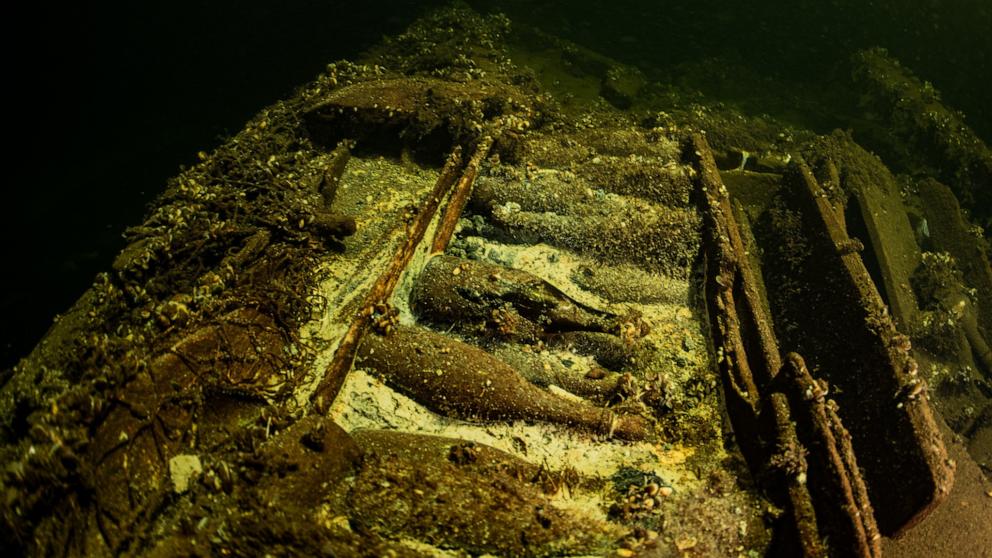
The remains of an ancient mangrove forest lost more than 22 million years ago have been discovered on an island in the Panama Canal.
Scientists from the Smithsonian Tropical Research Institute recently discovered 121 fossilized wood specimens in a stream on Barro Colorado Island in the middle of the man-made Panama Canal. The fossils were found belonging to a never-before-seen species of extinct mangrove called Sonratoxylon paracoloradensis.
Mangrove forests are a magnificent collection of plants that grow along the coast, and are typically found in warmer climates around the equator. Salty conditions will kill most plants, but these sea-dwelling trees have developed special adaptations to remove salt from the surrounding seawater, allowing them to withstand salty conditions.
Radiometric dating indicates that the wood is approximately 22.79 million years old, meaning that this mangrove forest flourished during the Aquitanian phase of the early Miocene. Around this time, Earth's continents looked very different and Panama was connected to North America by a long, narrow peninsula filled with intense volcanic activity.
By studying the remains more closely, researchers determined that the average height of the trees was about 25 meters (82 feet), with some specimens reaching 40 meters (131 feet). The team describes these plants as “megaphytes” because they are much larger than today's mangroves.
These giant plants appear to have been part of the massive mangrove forests that flourished along the coast of the volcanic chain in central Panama in the early Miocene. But the good times didn't last forever. During the early Miocene, the tectonic planets of South America and the Caribbean collided together, resulting in dramatic volcanic activity that radically changed Panama's landscape.
Dating and deposits found at the site confirm the theory that this forest was buried by a single lahar, a giant blanket of clay and volcanic material that slid down the slope of the volcano and consumed the forest. The wood was trapped without any oxygen, as well as high concentrations of silica, and was unable to decompose, allowing it to remain well preserved for millions and millions of years.
Today, the fossilized remains are found on top of the hill that became an artificial island when the surrounding areas were flooded during the construction of the Panama Canal at the beginning of the 20th century.
Massive infrastructure projects like this often destroy traces of the distant past, but the removal of sediments for the new expansion of the Panama Canal has uncovered several important finds of a fossilized nature. This included a collection of 20-million-year-old timbers that helped show one of the key events in planet Earth's history.
The new study is published in the journal Paleogeography, paleoclimatology, paleoecology.

“Web maven. Infuriatingly humble beer geek. Bacon fanatic. Typical creator. Music expert.”




More Stories
Live updates from Starlink Falcon 9 launch at KSC
NASA Close to Deciding What to Do With Boeing’s Troubled Starliner Spacecraft
Scientists May Have Discovered ‘Dark Oxygen’ Created Without Photosynthesis: NPR